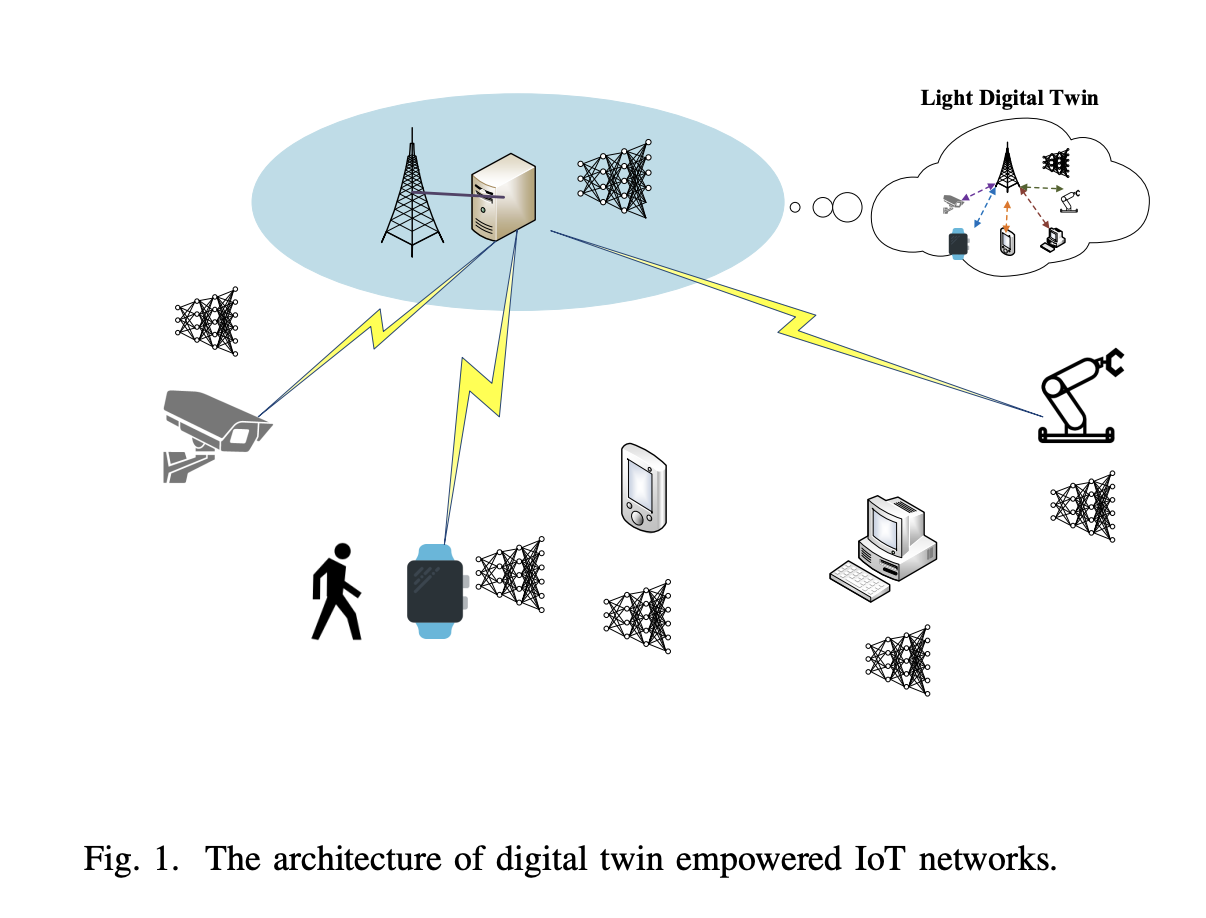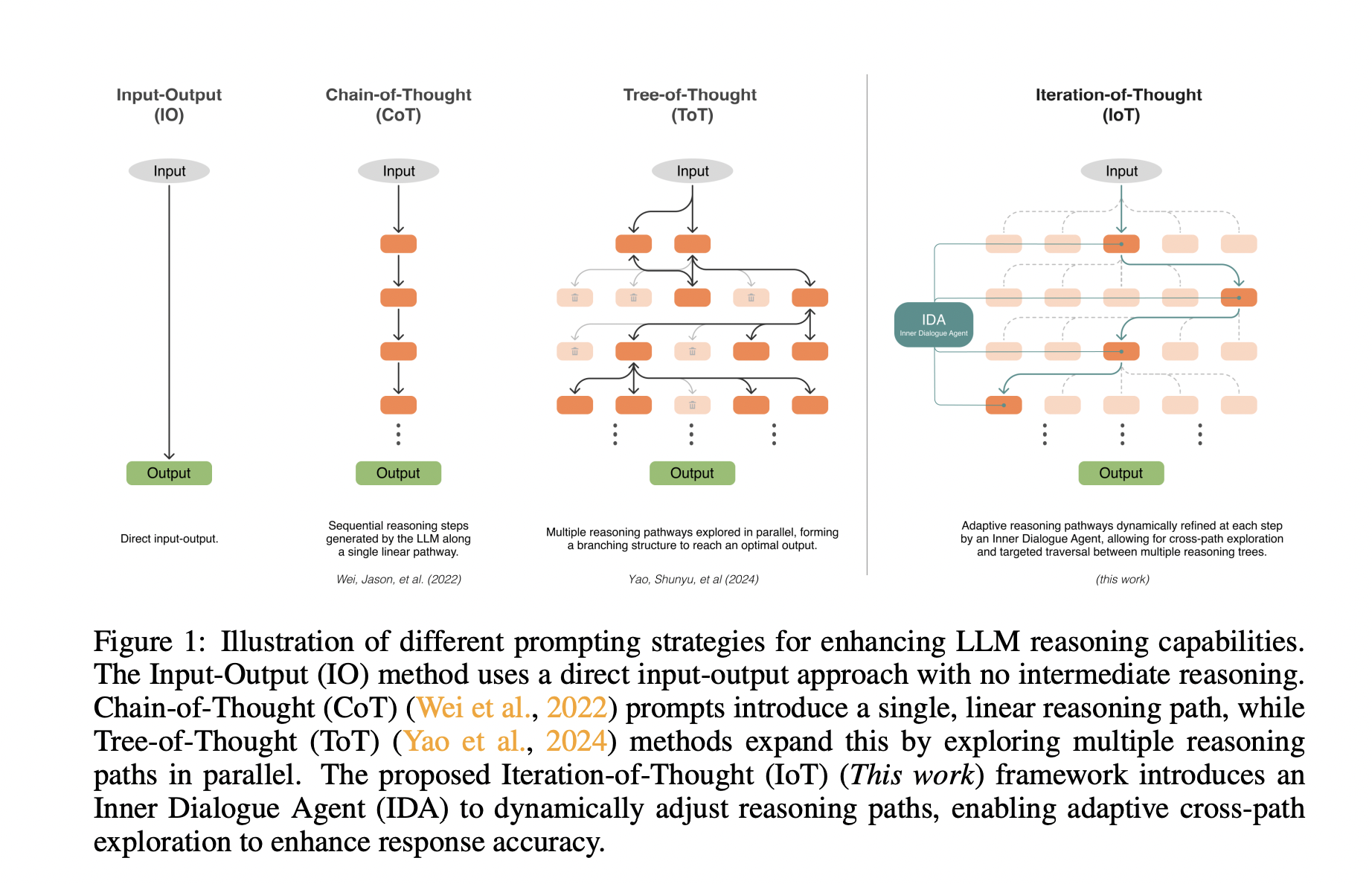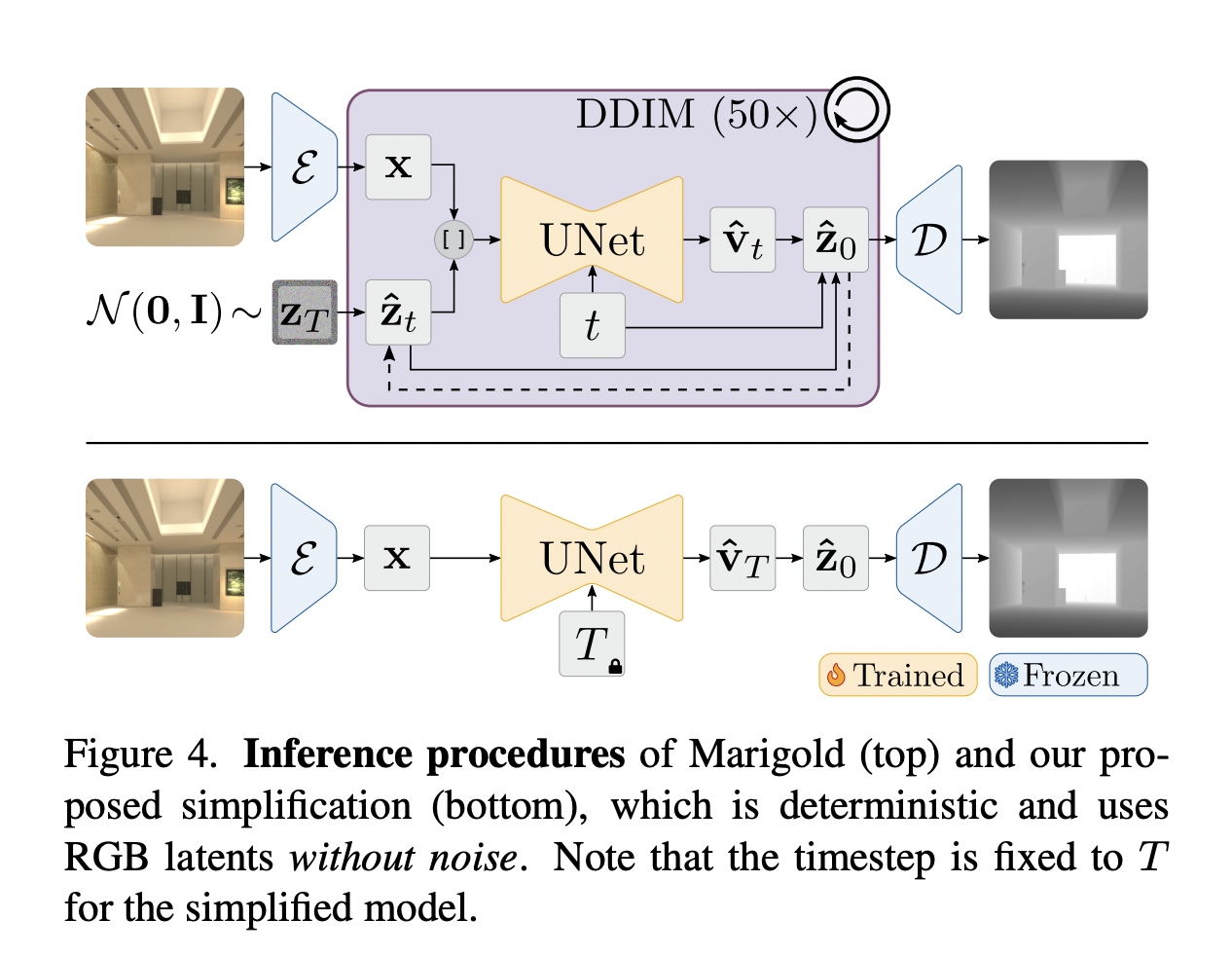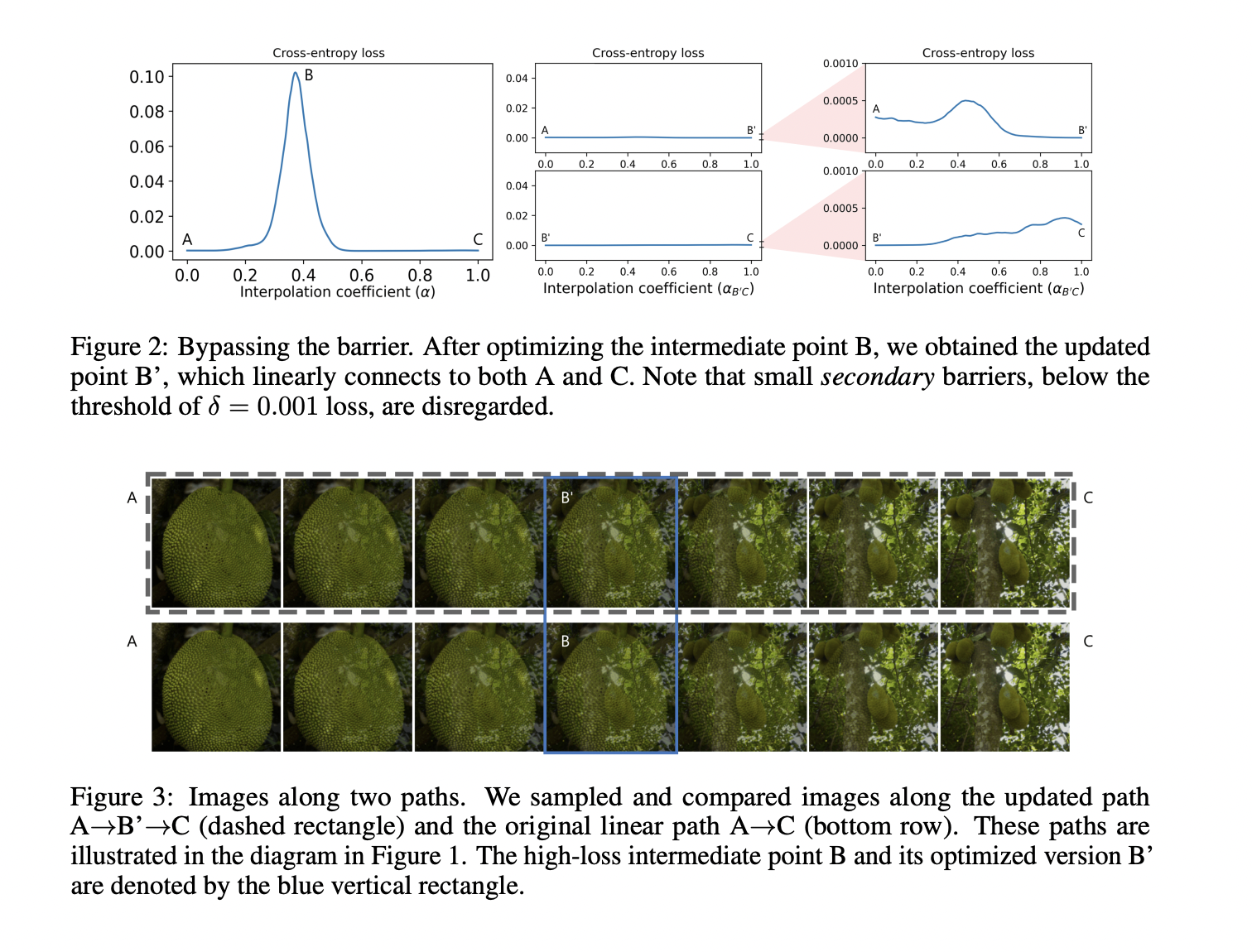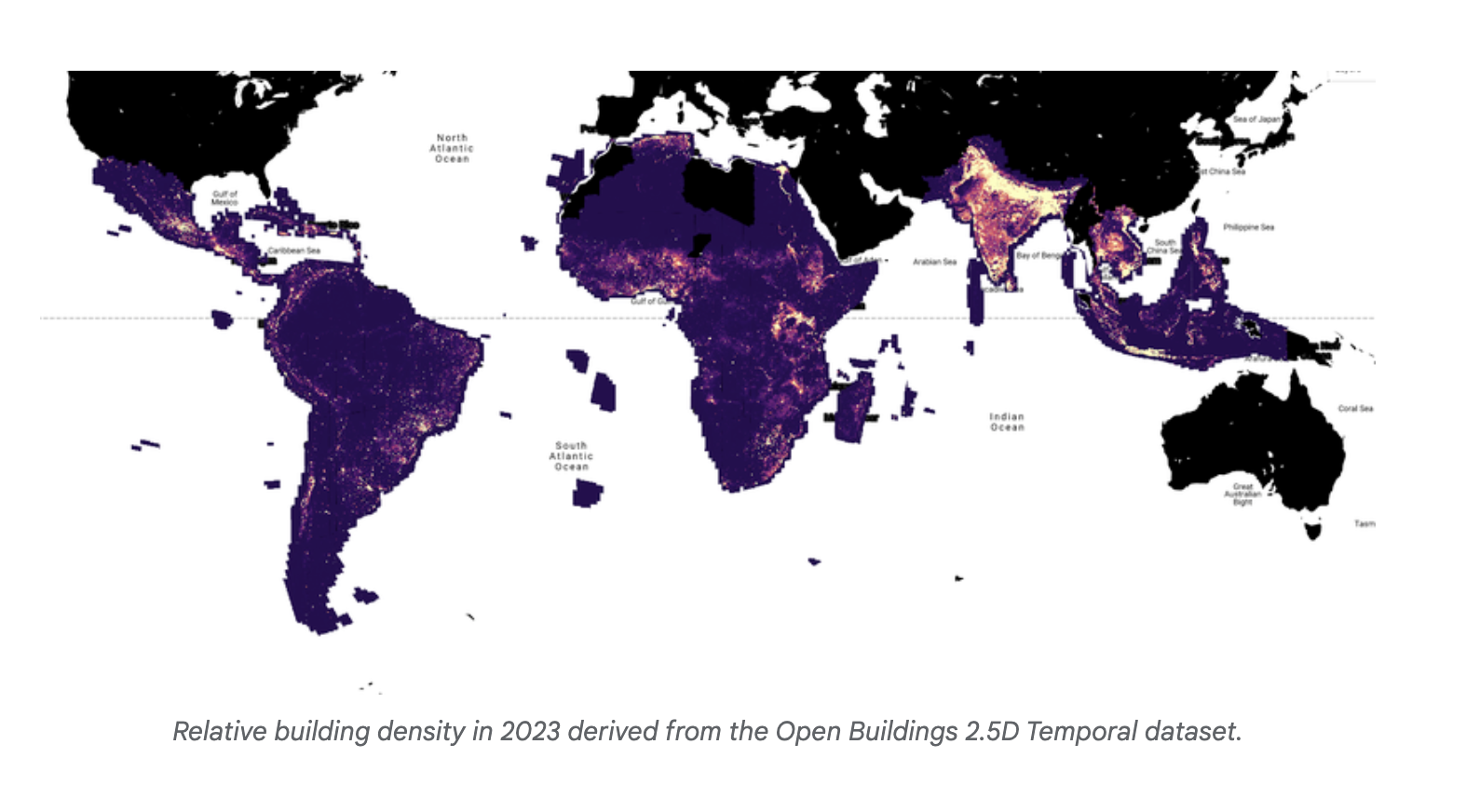Digital Twin (DT) technology is becoming more and more popular as a method that gives Internet of Things (IoT) devices dynamic topology mapping and real-time status updates. However, there are difficulties in deploying DT in industrial IoT networks, especially when significant and dispersed data support is required. This frequently results in the creation of data silos, where data is contained within certain systems or devices, making it challenging to gather and examine data from across the network. Additionally, because sensitive information might be abused or revealed, the gathering and use of dispersed data create serious privacy problems.
To tackle these issues, a team of researchers has created a dynamic resource scheduling technique, especially for an asynchronous, lightweight DT-enabled IoT network using federated learning (FL). The goal of this method is to minimize a multi-objective function that takes latency and energy usage into account in order to maximize network performance. By doing this, the team has made sure that the transmit power is managed and IoT devices are chosen in a way that satisfies the FL model’s performance requirements.
The strategy is based on the mathematically proven Lyapunov algorithm, which guarantees system stability. Using this technique, the challenging optimization problem has been broken down into several easier one-slot optimization problems. Then, to arrive at the best plans for scheduling IoT devices and controlling transmission power, the team has created a two-stage optimization method.
The team first constructed closed-form solutions for the optimal transmit power of the IoT device. This step ensures that every device is transmitting data effectively and with as little energy as possible while still keeping the required communication quality. The IoT device selection problem has been addressed in the second stage, which is exacerbated by the unknown state information of transmitting power and computational frequency.
The edge server uses a multi-armed bandit (MAB) framework, a decision-making model that helps in selecting the optimal choice among a number of hazy choices to handle this. The device selection problem has been then resolved by using an effective online technique called the client utility-based upper confidence bound (CU-UCB).
Numerical results have verified the usefulness of this technique, demonstrating its superior performance over current benchmark schemes. Simulations carried out on datasets like Fashion-MNIST and CIFAR-10 have shown that this approach achieves quicker training speeds in the same amount of time, indicating its potential to enhance the effectiveness and efficiency of FL-based DT networks in industrial IoT scenarios.
AI AI AI AI AI AI AI AI AI AI AI AI AI AI AI AI AI AI AI AI AI AI AI AI AI AI AI AI AI AI AI AI AI AI AI AI AI AI AI AI
The team has summarized their primary contributions as follows.
- A dynamic resource scheduling technique has been designed for asynchronous federated learning in a lightweight Digital Twin (DT)-powered IoT network, addressing the issues of data silos and privacy concerns in industrial IoT.
- The algorithm’s goal is to minimize a multi-objective function in order to improve the overall performance of asynchronous FL. This function optimizes the selection of IoT devices and transmission power regulation while respecting the FL model’s performance limits by considering both energy usage and latency.
- The complicated optimization problem has been divided into easier one-slot optimization jobs by the paper using the Lyapunov approach. Rigid proofs and optimizations have been used to derive closed-form solutions for optimal transmit power on the side of IoT devices.
- A multi-armed bandit (MAB) framework has been utilized to represent the IoT device selection problem on the edge server side, where some state information is unknown. This problem has been tackled using an effective online algorithm, the client utility-based upper confidence bound.
- The study has further shown that the method achieves sub-linear regret over communication rounds by deriving the theoretical optimality gap. Within the same training duration, the Fashion-MNIST and CIFAR-10 datasets have shown that the proposed CU-UCB method achieves quicker training speeds than baseline approaches, as validated by numerical findings.
Check out the Paper. All credit for this research goes to the researchers of this project. Also, don’t forget to follow us on Twitter and join our Telegram Channel and LinkedIn Group. If you like our work, you will love our newsletter..
Don’t Forget to join our 50k+ ML SubReddit
Here is a highly recommended webinar from our sponsor: ‘Unlock the power of your Snowflake data with LLMs’
Tanya Malhotra is a final year undergrad from the University of Petroleum & Energy Studies, Dehradun, pursuing BTech in Computer Science Engineering with a specialization in Artificial Intelligence and Machine Learning.
She is a Data Science enthusiast with good analytical and critical thinking, along with an ardent interest in acquiring new skills, leading groups, and managing work in an organized manner.





